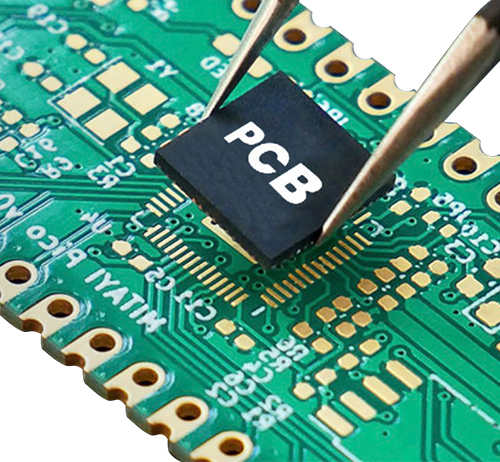Time:2022-07-04 Visit:
In 1936, the creator of the printed circuit board, the Austrian Paul Eisler, first used a printed circuit board in a radio device.
In 1943, Americans mostly used the technology in military radios.

In 1947, NASA and the American Bureau of Standards initiated the first technical seminar on PCB.
In 1948, the United States officially recognized the invention for commercial use.
In the early 1950s, due to the problem of adhesive strength and solder resistance of CCL's copper foil and laminates being solved, the performance was stable and reliable, and industrialized mass production was realized. The copper foil etching method became the mainstream of PCB manufacturing technology. panel.
In the 1960s, the realization of hole metallized double-sided PCB achieved mass production.
In the 1970s, multi-layer PCBs developed rapidly, and continued to develop in the direction of high precision, high density, fine lines and small holes, high reliability, low cost and automated continuous production.
In the 1980s, surface mount printed boards (SMT) gradually replaced plug-in PCBs and became the mainstream of production.
Since the 1990s, surface mounting has further developed from a flat package (QFP) to a ball grid array (BGA).
Since the beginning of the 21st century, high-density BGA, chip-scale packaging and multi-chip module packaging printed boards with organic laminate materials as substrates have developed rapidly.